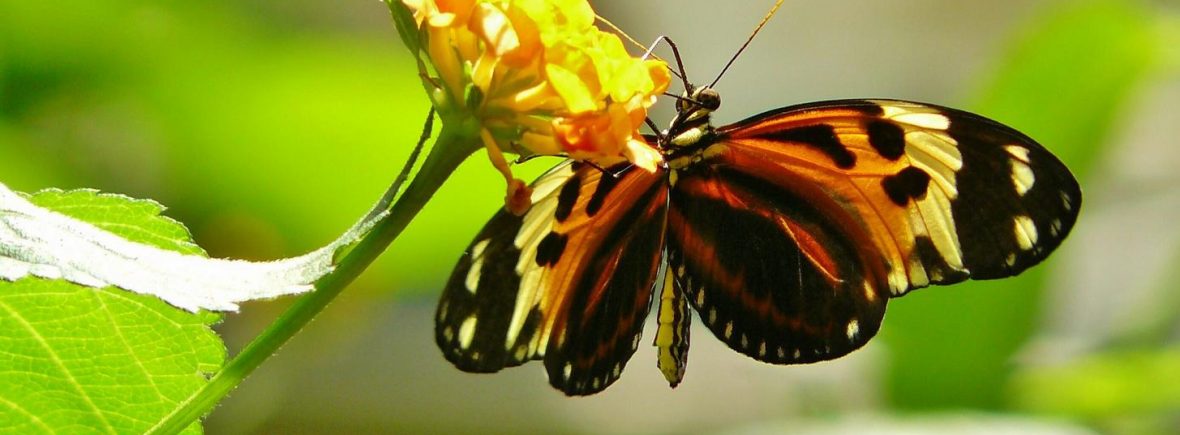There are many ways to encourage wildlife into the garden, from simply planting various flowering plants, to building an insect hotel or introducing a bird feeder. Here are a few ideas to get you started.
- Grow a range of flowering plants, with different flower shapes to invite a whole host of beneficial insects into the garden. Salvias or Verbena bonariensis attract butterflies and bees.
- Trees and evergreen shrubs will provide shelter for birds.
- Try to leave a patch of nettles, as they are beneficial food to caterpillars.
- In winter, leave architectural seed heads for birds to feed on and plants with strong stems are perfect for hibernating beetles and solitary bees.
- Avoid sterile plants with little or no pollen. These are often double flowered cultivars.
- Build a pond for frogs. They’ll eat the slugs attacking your lettuce and other appealing foliage. Make sure small animals can get out of the pond easily by creating a boggy area around it.
- Hedgehog houses, insect hotels and bird boxes are all easy to add to the garden and are invaluable to hibernating wildlife and nesting birds.
- Enhance biodiversity. Don’t tidy your garden too much. In autumn, leave all plants and leaves that have died off and don’t start clearing them up until February. The dead plant material offers protection against frost and shelter for insects and other small animals. Most insects like cool, moist conditions, but bees prefer a sunny spot.
- Never use pesticides.
